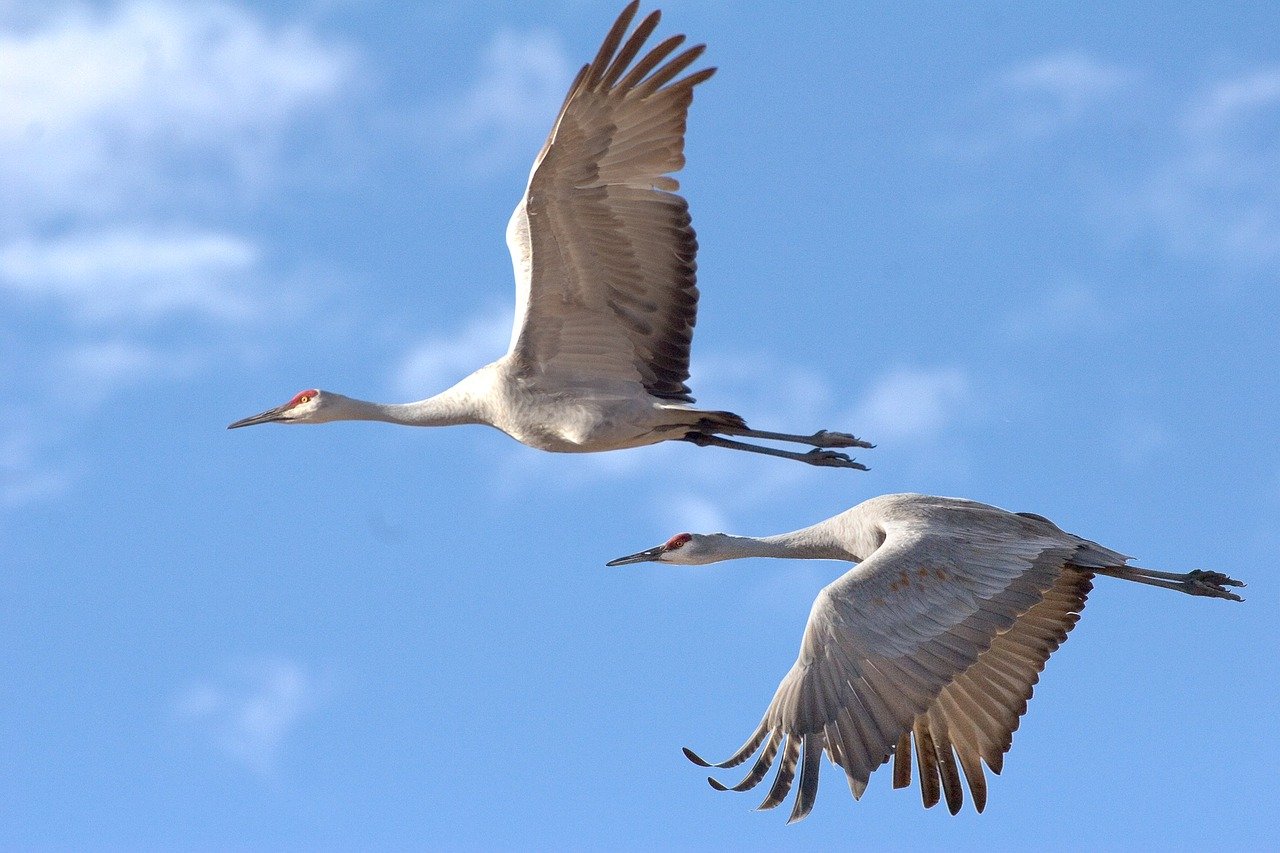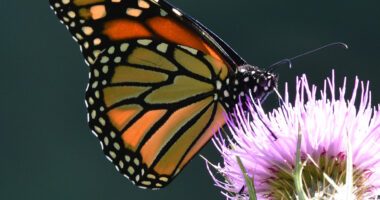By 1808Delaware, ODNR
Winter may seem like a quiet time for wildlife, but in Ohio birds and birding opportunities flourish during this season, according to the Ohio Department of Natural Resources (ODNR) Division of Wildlife. The possibilities to view birds and wildlife are nearly endless at locations with suitable habitat, particularly state wildlife areas that feature large tracts of habitat managed for wildlife and are open year-round.
These locations include Delaware and surrounding counties.
While some species migrate south during the winter, many of Ohio’s resident birds, such as northern cardinals, screech-owls, woodpeckers, and several species of hawks remain here. Winter also brings new visitors from the north, such as pine siskins, northern shrikes, snow buntings, and dark-eyed juncos.
Below are five species not to be missed during this exciting winter season, with suggestions on where to find each one. Be sure to share the experience and take someone birding with you.
Sandhill cranes
Numbers of these large wading birds (pictured above) are increasing in Ohio. They are reliably found in areas with large tracts of wetland habitat, particularly in the Lake Erie marsh region. Sandhill cranes are often heard before they are seen, with their nasally bugles passing overhead. The cranes fly with their necks stretched out and feet trailing behind. A red crown on an adult bird easily differentiates it from the similarly sized and colored great blue heron.
Suggested viewing locations: LaDue Public Hunting Area (Geauga and Portage counties); Ottawa National Wildlife Refuge (Ottawa County); Funk Bottoms Wildlife Area (Wayne and Ashland counties); Killbuck Marsh Wildlife Area (Holmes and Wayne counties); Killdeer Plains Wildlife Area (Wyandot and Marion counties).
Tundra swans
Tundra swans are highly migratory, spending much of the year in the extreme northern reaches of North America. Tundra swans migrate to Ohio in the fall and are found in open marshes, lakes, and flooded fields, where they are often in mixed flocks with trumpeter swans. Differentiating tundra swans from trumpeter swans is sometimes a challenge. An overall smaller size compared to a trumpeter swan and a yellow spot on the base of a black bill are good indicators of a tundra swan.
Suggested viewing locations: Deer Creek Wildlife Area (Madison County); Funk Bottoms Wildlife Area (Wayne and Ashland counties); Magee Marsh Wildlife Area (Lucas and Ottawa counties); Killdeer Plains Wildlife Area (Wyandot and Marion counties).
Snowy owls
By far one of the most well-known and sought-after birds on Ohio’s winter landscape, snowy owls are easily identified by their mostly snow-white feathers and yellow cat-like eyes. Snowy owls spend most of the year in the Arctic tundra. The number of snowy owls in Ohio varies greatly from year to year and corresponds directly with the abundance of their primary prey, small rodents called lemmings, on their hunting grounds. Look for these beautiful owls in open fields and along rocky shorelines.
Suggested viewing locations: Mosquito Creek Wildlife Area (Trumbull County); Alum Creek State Park (Delaware County); Maumee Bay State Park (Lucas County).
Short-eared owls
One of the few owls that are active partially during the day, short-eared owls are primarily winter visitors from the north. Numbers vary from year to year, but in areas where there has been a boom in small mammal populations, these owls occur in large numbers. Often giving the impression of a giant moth because of deep wing beats and unhurried flight, these tawny owls are found hunting over large grasslands and marsh areas.
Suggested viewing locations: Killdeer Plains Wildlife Area (Wyandot and Marion counties); Appalachian Hills Wildlife Area (Guernsey, Noble, Morgan, and Muskingum counties); Crown City Wildlife Area (Gallia and Lawrence counties).
Bald eagle
One of the most iconic birds in Ohio, the bald eagle always excites when it flies overhead. Bald eagle numbers have increased dramatically since they were nearly lost from the state in the 1970s. Adult eagles are unmistakable with their white head and tail bookending a brown-black body, while immatures retain an overall brown appearance for up to five years. Eagles may be seen actively building nests in the winter, and incubating eggs by late February.
Suggested viewing locations: Metzger Marsh Wildlife Area (Ottawa County); Delaware Wildlife Area (Delaware County); Caesar Creek Lake Wildlife Area (Clinton, Greene, and Warren counties); along any of Ohio’s largest rivers, such as the Muskingum and Scioto.
Visitors to Ohio wildlife areas are encouraged to be mindful of locations closed to the public, such as state and federal refuges where proper signage is displayed. Follow the American Birding Association’s Code of Birding Ethics at aba.org.
When venturing out to view birds, whether pursuing small songbirds or large birds of prey, it is important to have the right equipment. A good pair of binoculars, or even better, a spotting scope to magnify large birds at long distances, is worth the investment. Being able to truly appreciate birds’ physical attributes that would not otherwise be seen with the naked eye will open the door to new and exciting experiences.
Consider these additional resources to help enhance your bird watching experience: Common Birds of Ohio field guidebook and Birds of Ohio field checklist, both available at wildohio.gov, and Cornell Lab of Ornithology’s eBird online database and mobile app. The platform offered by eBird provides users an opportunity to serve as citizen scientists by contributing valuable information regarding bird populations. Learn more about the longest-running citizen science project in the world, the Audubon Christmas Bird Count, at audubon.org.
Connect with the Division of Wildlife through Twitter and Facebook for instant news stories, outdoor recreation ideas, and local wildlife information. The Your Wild Ohio Explorer Facebook page provides wildlife watching tips and useful information as you get outside this season.









